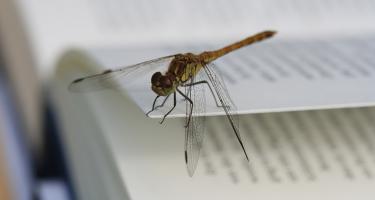
Emily Anthes: The Great Indoors
Even before COVID-19 lockdowns, most of us spent 90 percent of our time indoors. Not only do thousands of microbes live alongside us but light and noise exposure, outdoor views, and other environmental factors affect both our mental and physical well-being, Emily Anthes reports in The Great Indoors: The Surprising Science of How Buildings Shape Our Behavior, Health, and Happiness.








